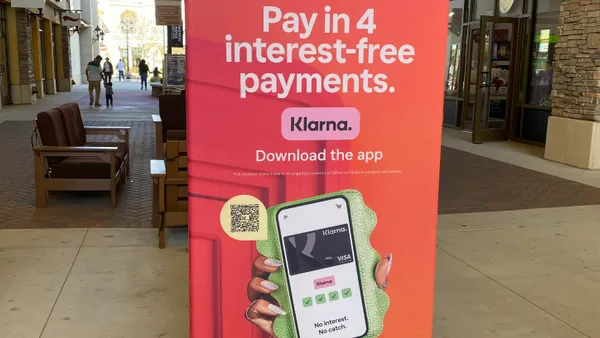Payments technology provider ACI Worldwide has been working with clients around the globe to develop real-time systems and their use cases, so the Coral Gables, Florida-based company naturally wanted to be certified to work with FedNow, the new instant payments system started by the Federal Reserve last month.
ACI CEO Tom Warsop said the launch of FedNow occurred without any hiccups, as far as he knows, and has been operating smoothly from his company’s viewpoint. While he underscores that this was a major event for the U.S. payments system, he also stresses that it will have an impact beyond U.S. borders, as more countries point to FedNow as a reason for their own payments systems to embrace real-time rails.
And on that front, Warsop sees the next big move for FedNow as very much wrapped around the use cases for cross-border payments. In a recent interview with Warsop, here’s what he had to say about the outlook for FedNow extending into the cross-border realm.
Editor’s note: This interview has been edited for clarity and brevity.
INDUSTRY DIVE: How long will it take to see some significant payments volumes on FedNow?
TOM WARSOP: Our expectation, and remember this is off a pretty small volume, but we expect in the next couple of years that we'll see about a four-fold increase in U.S. real-time payment transactions overall, and with FedNow being one of the new ways to go, I would expect it will have a significant portion of that growth.
FedNow is only a domestic payments system for now, but do you think it will be extended?
It's domestic only at this point, but I think down the line, you start to get some really interesting use cases when a real-time payments platform becomes multinational ... when there are cross-border opportunities. Now, there are none with FedNow at the launch. I don't think there are specific plans to have those, but we're certainly thinking about ways that we can make real-time payments cross-border in other parts of the world, and ultimately in the U.S.
What might some of those cross-border use cases look like?
You can really imagine someone working in the United States wanting to send money back to their family in India or Mexico, or many other places. Today, it's pretty complicated to send money that way, but once these cross-border opportunities become a reality, it will really be much easier and much less costly for people.
What region of the world do you think might be the first to create a cross-border payments ecosystem?
I would expect it will be Asia. And the reason I'm saying that is because some of the largest real-time payments platforms and implementations are in Asia. India’s system is the largest, by a significant margin, in the world ... There's a very large program in Malaysia. China has a very large ecosystem as well. So, given the fact that there are many large implementations with growing volumes of real-time payments in Asia, and the fact that there are, obviously, many countries in Asia, I would expect that that's a pretty good candidate.

What cross-border use cases do you see for real-time payments beyond those for consumers?
You can imagine really interesting scenarios of business-to-business payments. All the time you have companies in the United States, for example, that pay their suppliers in China or in India, and today they can't do that with real-time payments, but at some point, they probably will be able to, and that could be very interesting because of both speed and, potentially, lower costs of making those payments.
What about business-to-business use cases with cross-border instant payments?
That’s very low utilization at the moment, but going forward, there are going to be potentially opportunities to have far faster, lower-cost transactions between trading partners, and that will become a more interesting set of use cases as we go forward.
Why are other countries anticipating the impact of FedNow?
At the very beginning, it won't have direct impact (on other countries), but there are two things. Number one, when a country has the largest economy in the world and is as respected, from a financial services perspective as the United States, when it becomes very clear by the launch of FedNow that the United States is committed and sees this as a really important thing, other economies, other central banks, other financial institutions around the world are going to say, ‘Oh, wow, maybe I'm behind. I need to try to keep up with the U.S.’ ... Number two, as we start to imagine some of these use cases with cross-border payments, the largest trading partner for remittances tends to be the United States, at least one of the largest, and so now, these countries that maybe haven't made as much progress as they want, it's highly likely they'll say, ‘Wow, I can really imagine some beneficial things happening with the United States so we need to do faster.’
How will FedNow and its privately-held rival RTP differentiate their services?
I’m hypothesizing here, but I would say there will be a race to figure out the cross-border aspect, because if one or the other platform could create a way to handle cross-border real-time payments that is fantastic for both consumers and merchants. It’s complicated because once you go cross-border now you’re introducing a new set of regulations in another country, you’re introducing foreign exchange — so I’m not saying it’s easy, but I think there will be a drive to figure that out, and the first platform that does is going to have a little bit of an advantage for a while.













